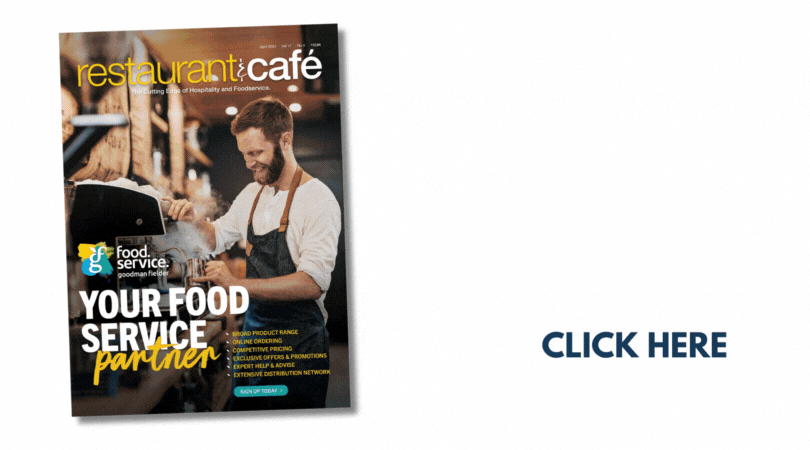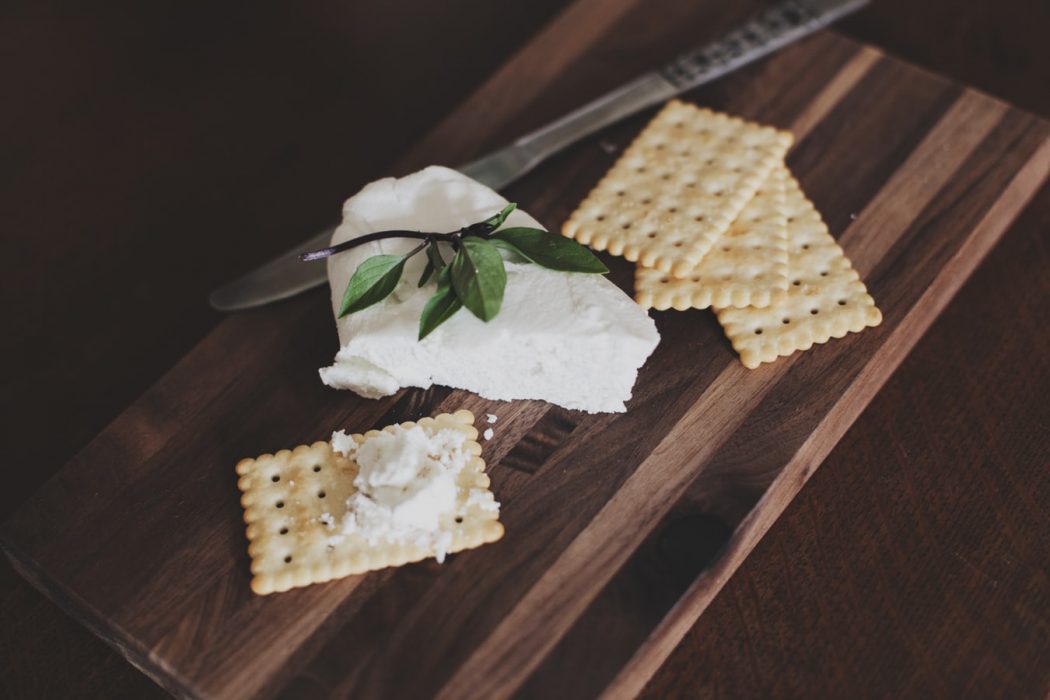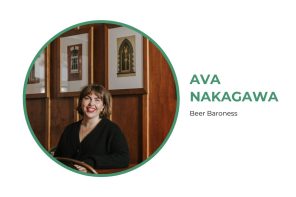Dairy-free cheese may sound like something out of a science-fiction movie, but for those that can no longer consume dairy, it is a saving grace.
What is cheese without dairy, though? And can it replace the fatty goodness of authentic cheese? Traditional cheese is made from casein, a type of milk protein found in animal milk. During production, rennet, a set of enzymes, is added to the milk to cause coagulation. And, voilà, cheese. However, dairy-free cheese cannot contain milk proteins, and it certainly couldn’t use rennet as it’s produced in animals’ stomachs. Dairy-free cheese can be made from a variety of seeds, nuts, beans, oils, yeasts, tapiocas, and rice, to name a few. Often, there will be a combination of these sorts of ingredients, along with emulsifiers or thickeners, depending on the brand. To get these ingredients tasting, looking and feeling like cheese, they are often quite highly processed, meaning they aren’t always the healthiest product if one is choosing them for health reasons. However, people with allergies rejoice, there is a cheesy lifeline. Some cheese producers have taken it upon themselves to find a way in which dairy-free cheese can be produced with traditional cheese-making methods only using a few ingredients.
Does dairy-free cheese past the taste test? While it must be a life-changing experience for people who have never been able to eat real cheese, differences can be attributed to the processes involved. Real cheese has curd, a consolidated protein. Real cheese also goes through stages in which the proteins bond to each other, meaning a range of flavours and textures are formed through ageing. As dairy-free cheese doesn’t experience protein modification, the same complex flavours are lost. Having said that, those using traditional cheese methods and an ageing process akin to that of cheese containing dairy, believe they have a product that will rival traditional cheese for taste and consistency.






